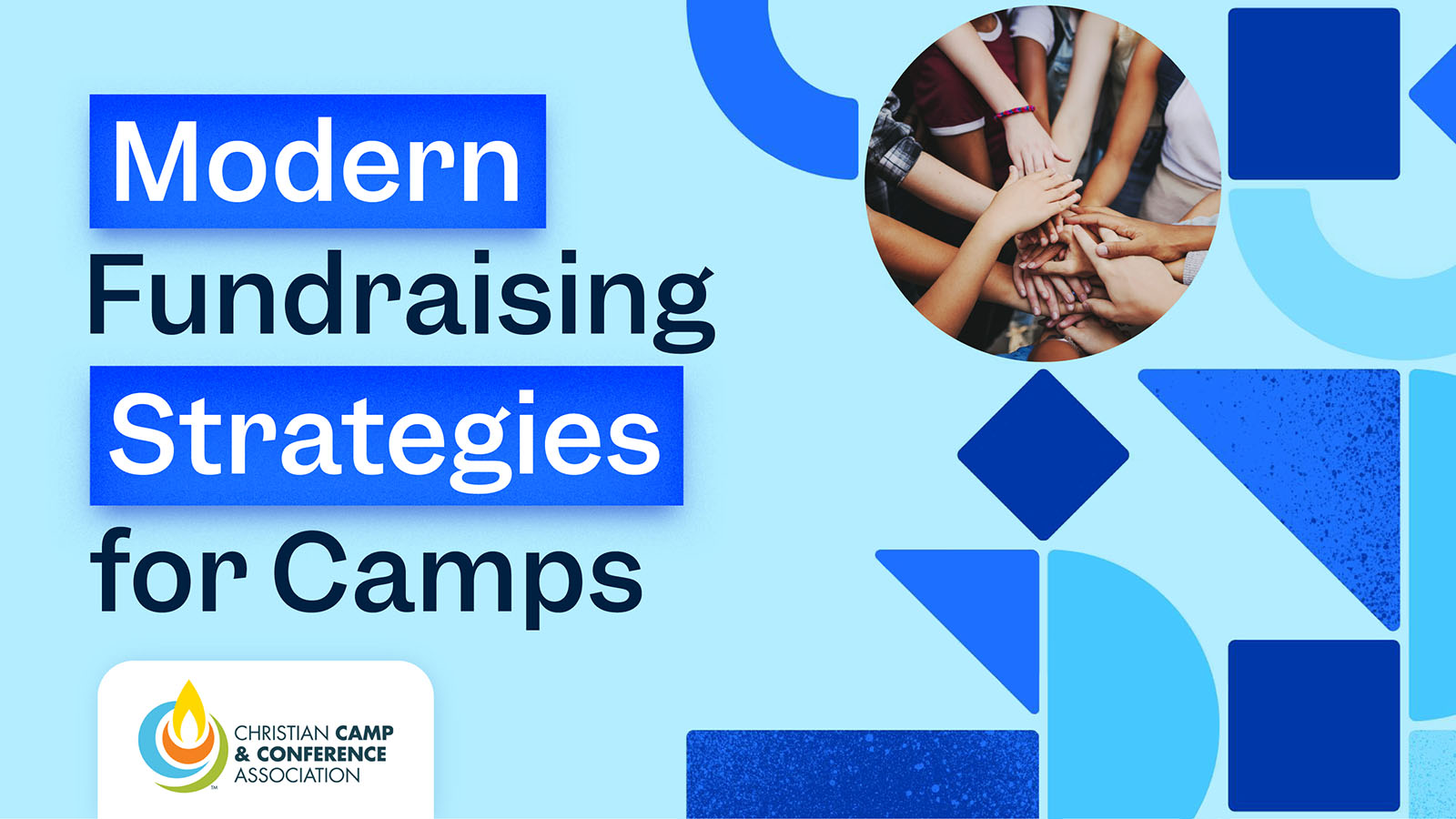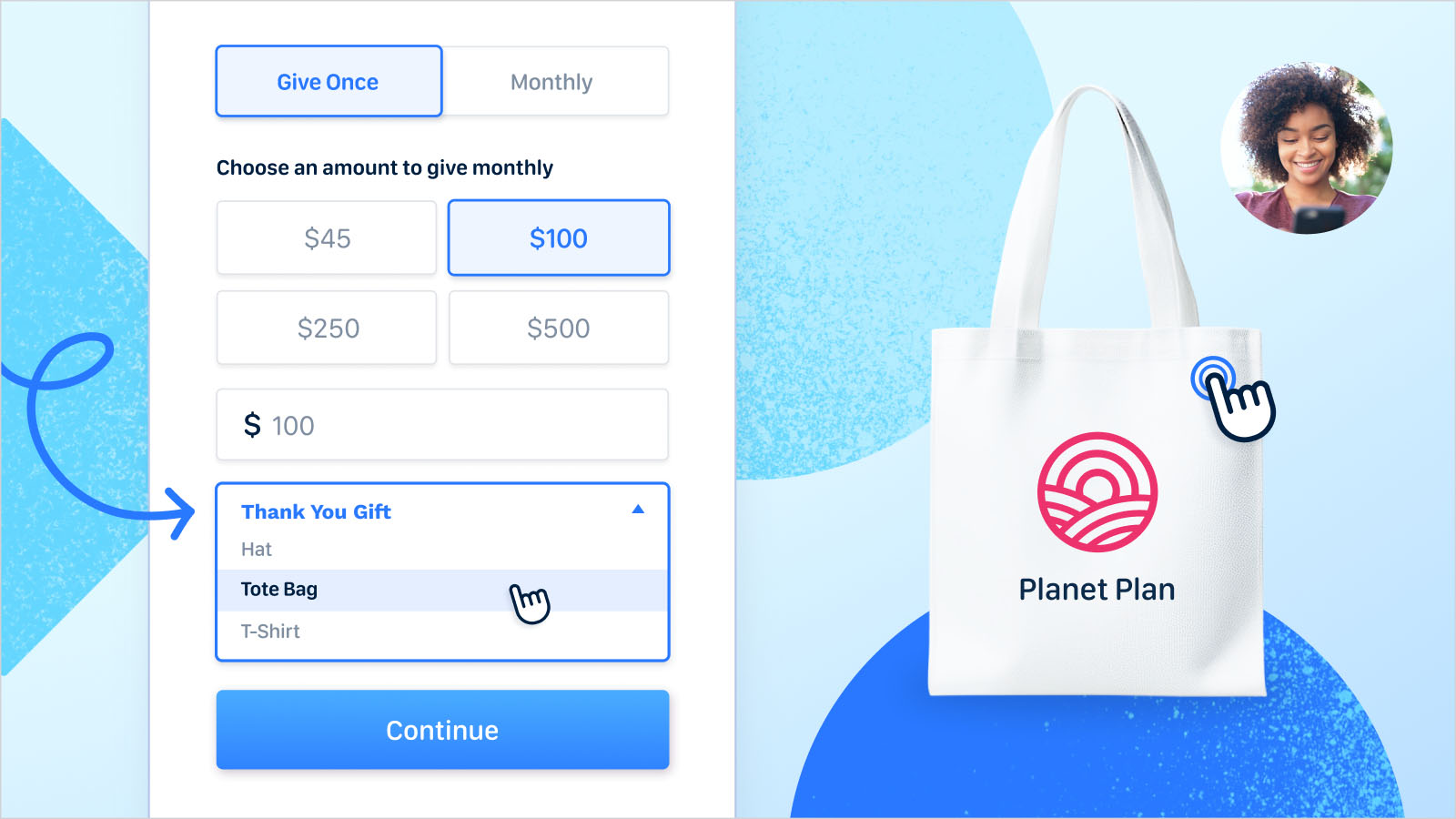Hello? Hello? Is anyone out there? Sometimes it can feel like our nonprofit’s communications are falling on deaf ears or we're shouting into the digital void. How frustrating is that? You spend a lot of time putting together content for your nonprofit’s communications channels and trying to figure out how to get attention. With communications, it’s easy to get into the weeds of posting daily on social media, putting together newsletters, and writing out thank you notes... losing sight of the bigger strategic picture, AKA your communications plan.
Having a communications plan allows you to have a big picture view of why you’re doing what you’re doing. A plan can help improve your effectiveness by aligning goals and content, as well as bringing the right content to your target audience. Ultimately, a communications plan helps you become more strategic with your nonprofit’s communications.
There are a lot of ways to build a communications plan. In this article, we’re going to go through the essential parts of a communications plan to help you build your most effective plan yet.
It Starts with an Audit
With communications planning, it can be tempting to jump right into goal setting, but let’s pump the brakes on that for a minute. Your first step should be an audit. This is an opportunity to review everything your organization has done in the last 6 to 12 months. It’s your chance to learn what’s worked and what hasn’t worked.
The best way to do a communications audit is go through each channel you use and honestly evaluate how you're using it.
You may need to look at a variety of communications from each channel—the idea behind this exercise is to evaluate your consistency across channels and determine what’s working.
Set Goals and Objectives
Your next step is to set goals and objectives for your new communications plan. Of course, there are many ways to set communications goals. A common suggestion is to set SMART goals: Specific, Measurable, Achievable, Resourced, and Time-Bound. Your goals should all point toward the broad outcomes you seek through your communications, which could include branding/awareness, fundraising from individual donors, advocating for issues you work on, and engaging your local community.
The objectives in your communications plan should reflect the mechanisms by which you’re working toward the goals and benchmarks you’re hoping to reach. For instance, increasing your email list size by 20% or getting invited to speak at 3 community events.
Identify Your Audiences
One of the building blocks of an effective communications plan is a highly targeted audience. After all, you need to know who you’re trying to communicate with if you want to have a chance to effectively reach them. Think about the segments of people you are trying to reach such as program/service participants, donors, politicians, community influencers and advocates, and so on. Do your research on each of the segments you want to include in your plan and create an audience persona for each of them.
Develop Your Messaging Platform
Now that you’ve got your audiences in place, let’s talk about messages. Your nonprofit's gotta have key messages in place; that’s a non-negotiable! These are the messages you want to communicate to your audience segments in order to achieve your communications goals. For some of your key messages, you may have sub-messages to support the main key message.
Build Your Tactical Plan
We’ve got the foundation of your communications plan in place! Now it’s time to talk about how we’re putting this plan in motion. This is where you build out what you’re doing on each communications channel, including the tactics you’ll use. It might be helpful to look back at your communications audit to review what you’ve done. Decide what you’ll keep doing and if there are any new tactics you want to incorporate into this plan. Remember—some of your tactics may be short-lived through specific campaigns while others will be ongoing.
Bonus tip: While you're in tactical planning mode, don't forget to include the soft, emotional side of your message. Olga M. Woltman, founder of LemonSkies explains on the Nonstop Nonprofit podcast:
"...when I sit down to write, or whether it's an email communication or messaging points or overarching strategy, it's really just seeing it from the perspective of the impacted individual and allowing yourself to experience it along the way."
Calendar it Out
Let’s bring this communications plan to life by creating your ultimate calendar of communications activities. You may find it difficult to do this for a full 12 months; after all, you don’t have a crystal ball sitting on your desk (...or do you?) You may want to try building 90-day plans instead. This planning time frame can be much more manageable and predictable. Just make sure you remember to create your next 90-day plan before this one ends and lands you in no-plan territory.
On your calendar, be sure to include dates for campaigns, important program dates, holidays, and production dates. Capture as much information as you can so that you can get the most from your calendar.
There are many tools for managing your communications calendar such as Asana, Trello, a spreadsheet, or even a whiteboard.
Create a Budget
By now you’ve probably got a pretty good idea of what your communications workload looks like for the next year. You’re also probably getting a sense of how much it might cost you to execute it all. Be sure to include some basic budget notes in your communications plan for things like print materials, design, advertising, and freelancers.

Measure Your Results
We started this communications planning process by reviewing past work and looking at its effectiveness. To set yourself up for success this time around, be sure to include key performance indicators (or KPIs) in your communications plan. These are monthly metrics you’ll look at that will help you know whether or not you’re on track to meet your communications goals. Set up dashboards inside Google Analytics or your donor CRM where you can track all of your most important metrics and set a recurring monthly time on your calendar to review said metrics.
Pssst! If you look at Google Analytics and see a confusing land of numbers and lines, check out this quick tutorial on how to create custom GA dashboards for nonprofit communications reporting.
It’s go time, nonprofit friend! Get out your paper, fave pen, and caffeinated beverage of choice, and let’s get planning! Give yourself a full day or a few one-hour time blocks this week to build out your next communications plan. Your future self will thank you!
Nonprofit Communications Strategy FAQ
How do you create a donor communications plan?
Creating a donor communications plan is an important part of successful fundraising. It helps your organization stay connected with existing donors and build relationships with new ones. Here are some steps to help you create a donor communications plan:
1. Set goals for your donor communications plan: Before creating a plan, it’s important to set clear goals for what you hope to achieve. This could include increasing donations, engaging with existing donors, or reaching a wider audience.
2. Identify key stakeholders: Who are the people that will be involved in creating and executing your donor communications plan? This could include board members, staff members, volunteers, and other stakeholders.
3. Create a timeline: Outline when you’ll be releasing specific communications and campaigns across different channels.
4. Get moving! Whether it's email marketing or social media engagement, get those communication efforts going.
What are some communication strategies in a nonprofit communication plan?
1. Email Campaigns: Email campaigns are a great way to communicate with your donor base and keep them informed of upcoming events, opportunities to get involved, and stories about the impact of their donations.
2. Social Media Posts: Social media is a great way to reach new donors and keep existing ones engaged. Make sure to create a content calendar that outlines when you’ll be posting on each platform and how often.
3. Fundraising Events: Hosting in-person, virtual, or hybrid events such as volunteer days, donor appreciation events, or informational sessions can help build relationships with your donors, engage them more deeply with your mission, and encourage them to give.
4. Content Marketing: Creating content like blog posts or videos that tell your nonprofit's story is a great way to build trust and share your mission with potential donors.
5. Donor Surveys: Get that feedback! Ask and you shall receive. If you want fresh eyes and also a way to identify issues your team doesn't see, ask your supporters!
What is the difference between a communications plan and a communications strategy?
They're really similar in that they're both communication efforts to facilitate donor management. For your purposes, reader, they're the same thing: you're strengthening your relationships with donors through personalized outreach. If your boss asks you, though, tell them that a communications plan is a more general idea and the strategies are the tactics to get you there.































.webp)
.webp)











.webp)
.webp)

.webp)
.webp)
.webp)




